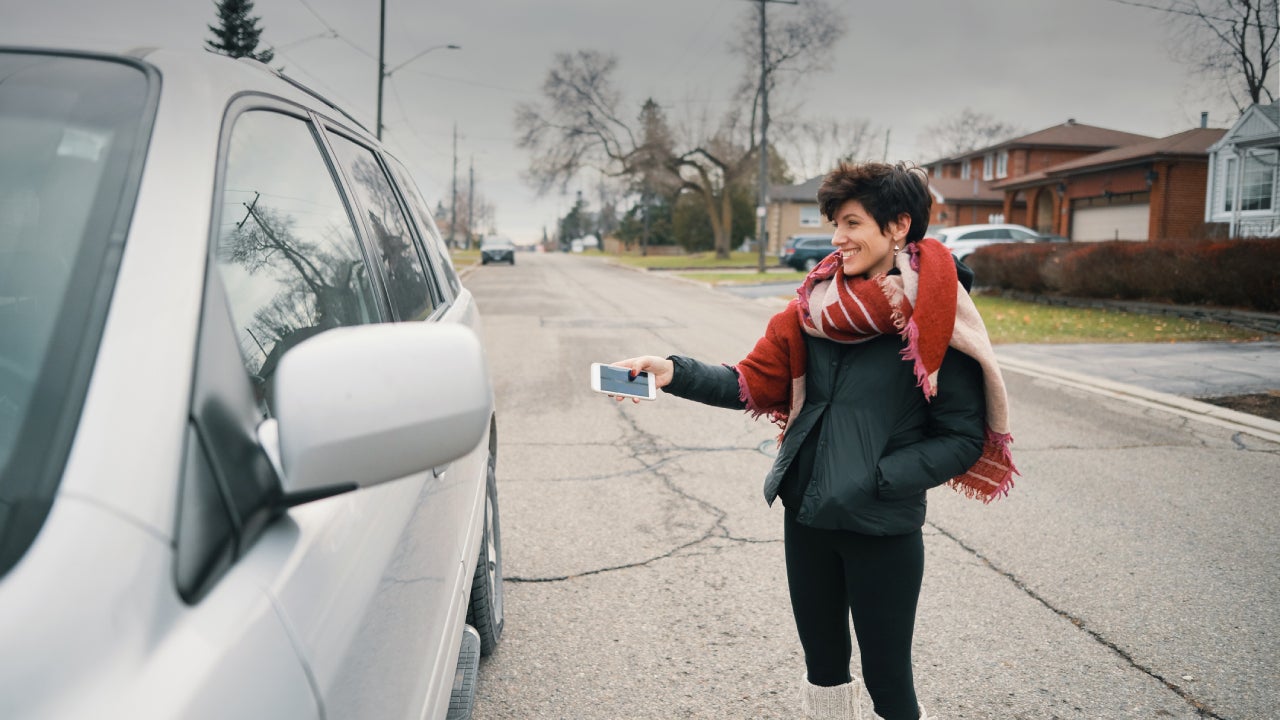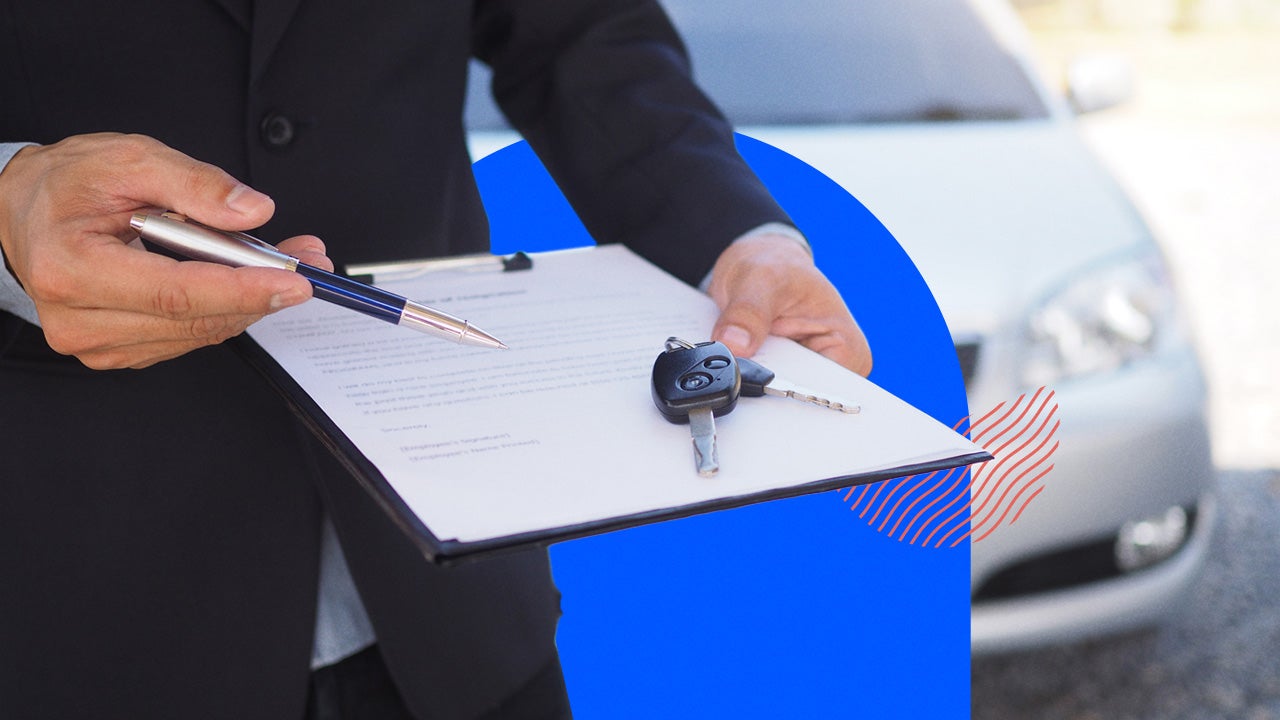Standard auto insurance




Key takeaways
- Standard auto insurance refers to a risk-rating category used by car insurance companies to determine how much of a risk a driver poses.
- Most auto insurance companies use three categories of auto insurance: preferred, standard and nonstandard.
- Most drivers fall into the standard auto insurance category.
- Factors like driving record, claims history and, in most states, age and credit history can affect whether you are eligible for standard auto insurance.
In the car insurance industry, “standard” refers to one of several risk-rating categories. Car insurance companies rate policies based on risk and generally categorize drivers as nonstandard (also called “high risk”), standard or preferred. Your risk category will influence your rate.
Understanding what standard auto insurance is and how it can affect your premiums may help you make more informed decisions about your car insurance coverage. If you learn that you are a high-risk driver, you may be able to improve your record to move into the standard category. And if you are a standard driver, perhaps you can take steps to obtain the desirable preferred-driver status.
What is standard auto insurance?
Standard auto insurance refers to a rating category that auto insurance companies use to determine how much of a risk a driver presents. Generally, the higher the perceived risk, the more a driver will pay for coverage. Most drivers fall into the standard category.
Standard auto insurance does not refer to a coverage amount or type of policy. Because insurance is relatively customizable, with various combinations of coverage types, limits and endorsements available, there is no such thing as standard auto insurance coverage. However, standard-rated policies will include at least the minimum requirements required by the state, such as liability insurance.
How does standard auto insurance work?
When you apply for auto insurance coverage, carriers will place you into one of these risk categories based on several factors, like driving and claims history:
- Preferred auto insurance is reserved for the lowest-risk drivers and typically applies to those with a clean driving and claims record, excellent credit (where allowed as a rating factor), a solid payment history and continuous coverage.
- Standard auto insurance is offered to the majority of drivers who are low risk, but that may have less-than-perfect credit or a violation on their driving record.
- Nonstandard auto insurance is for high-risk drivers, which may include those who have a poor credit score, new drivers, those who have a lapse in coverage or a serious traffic infraction preventing them from receiving a standard risk assessment.
The following table outlines some of the defining characteristics of drivers who may land in each risk category. Please note, credit history is a rating consideration in most states except California, Hawaii, Massachusetts and Michigan.
| Preferred | Standard | Nonstandard |
|---|---|---|
| Likely has excellent credit | Good or average credit | Poor credit |
| Continuous car insurance coverage | Prior continuous insurance | Coverage lapse |
| No prior accidents or traffic violations | No more than two minor violations | May have a serious conviction, such as a DUI |
| May require an SR-22 | ||
| New driver |
As shown by the table, the difference between standard and nonstandard auto insurance is that standard drivers pose a lower insurable risk. The lower risk usually translates into cheaper premiums than nonstandard — or high-risk — drivers. When comparing standard vs. preferred auto insurance, drivers that fall in the preferred category generally have the lowest risk of filing a claim, earning them even lower rates than standard drivers.
Who needs standard auto insurance?
Most states require that you carry an auto insurance policy to drive legally. But remember, you’re unable to choose your rating category. Insurance companies will assign you a category based on your rating factors, like your driving history and insurance history.
Reasons why you might not qualify for standard insurance
You may not qualify for standard insurance — and instead require nonstandard insurance — if you fall into one of the following categories:
- You’re under the age of 25 or over age 75.
- You have a history of filing insurance claims.
- You have multiple speeding tickets or other moving violations on your driving record
- You have had a DUI and need your insurer to file an SR-22 for you.
- You have a salvage title on your car.
- Your license is from another country.
- You’ve had a significant coverage lapse in the past.
If any of these apply, or your insurer views you as risky for any other reason, you may not be able to purchase a standard policy. You may be offered a nonstandard policy, or if the company you are getting a quote from does not write nonstandard insurance, you may be declined coverage.
Although not all standard insurers offer nonstandard insurance, there are nonstandard carriers available. Many standard and nonstandard insurers offer similar coverage types; however, nonstandard providers may have lower coverage limits and limited endorsement options. Shopping around may help you find the best rate for nonstandard car insurance.
How to get standard insurance
Getting standard car insurance is generally a simple process if you qualify. Doing a bit of research can help you find the right policy for your needs. Here are some steps you can follow to help you find the right coverage:
- Shop around: Getting multiple quotes from different standard auto insurers is likely one of the best ways to get the cheapest rates without sacrificing coverage. To know you are getting the best price, you may want to compare the same coverage types across multiple companies.
- Do your research: Researching the different coverages, discounts, policy features and third-party rankings for various companies may help you find a carrier that fits your needs.
- Compare discounts: Many companies offer discounts for good driving, safety measures and company loyalty, among others, and these savings opportunities may lower your premium.
- Consider working with a local agent: While getting quotes and buying a policy online is easy and convenient, working with a licensed insurance agent in your area may help you get personalized service and better navigate complex insurance decisions. Local agents may be more familiar with the specific needs of drivers in your state and city and might be able to guide you toward the right coverage and carrier.
- Fill out an application: When applying for a car insurance policy, you’ll need to fill out an application that asks questions to determine your risk level and eligibility. You will need to provide information about you, your vehicle and your driving history.
- Pay your premium: Your first premium will probably be due when you confirm your coverage purchase. Setting up an online payment structure can sometimes earn you a discount and make paying your premium more convenient. You might also save for paying in full. With most insurance companies, you can print proof of insurance or download a digital copy to your phone almost immediately.
How much does standard insurance cost?
The average cost of standard car insurance is $2,314 for full coverage and $644 for minimum coverage per year, as of April 2024. Your rate will likely differ as there are many factors that determine how much you will personally pay for coverage. Your driving record, claims history, state of residence and the type of car you drive will all affect your final cost of car insurance.
Frequently asked questions
You may also like

Cheapest car insurance for seniors in 2025

Car insurance for smart cars: Average premiums by model

Rental car insurance: Do you need it?


